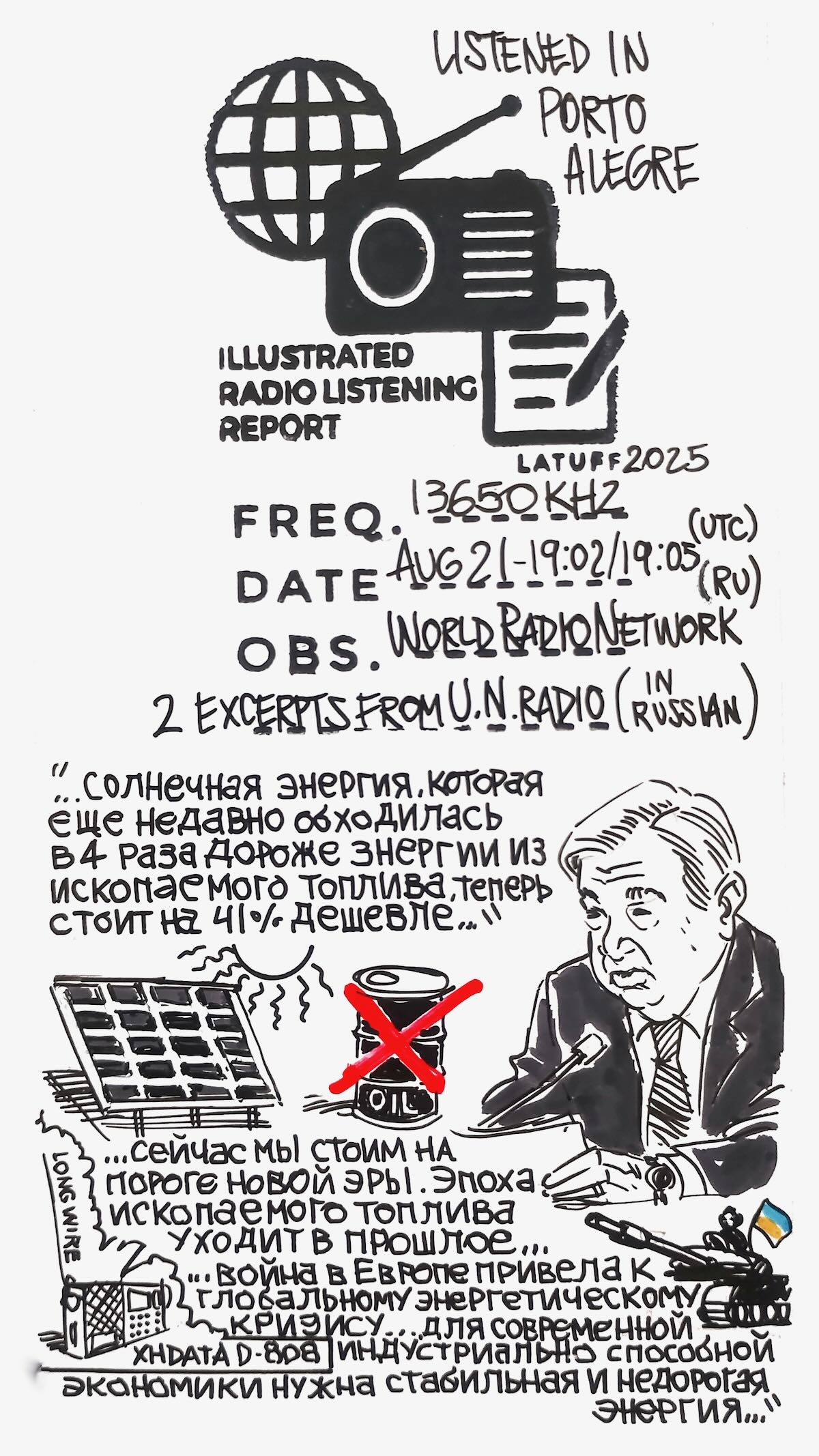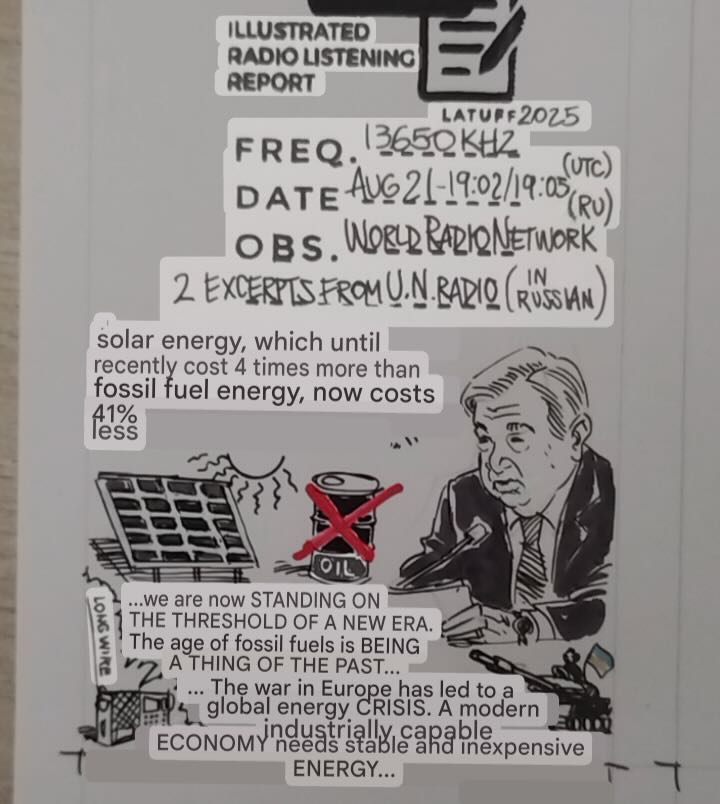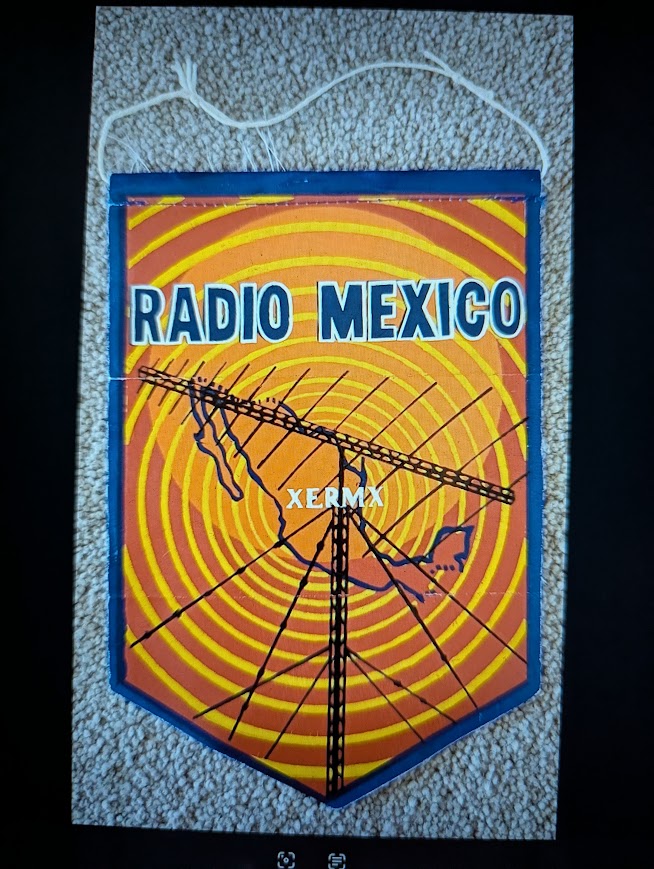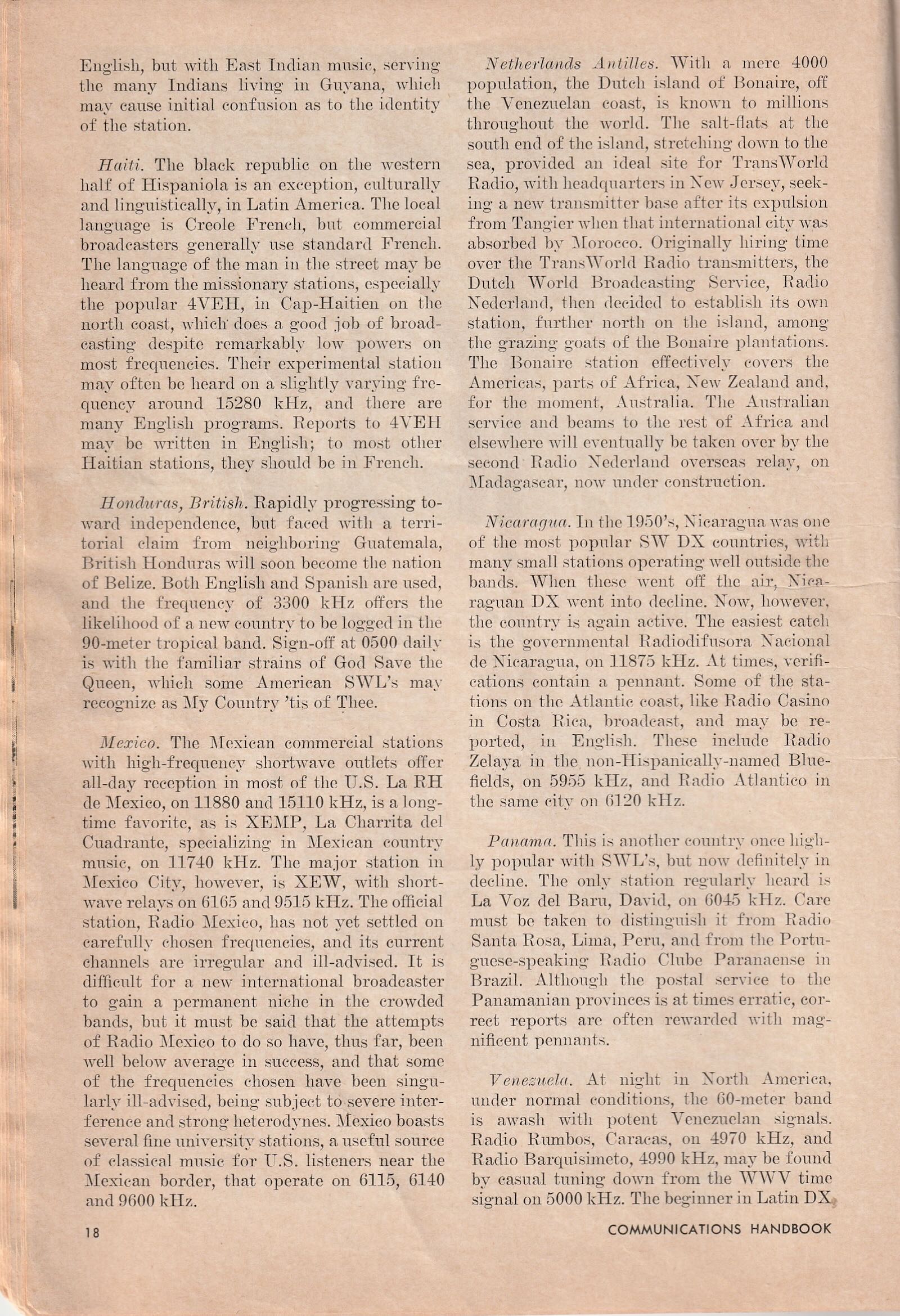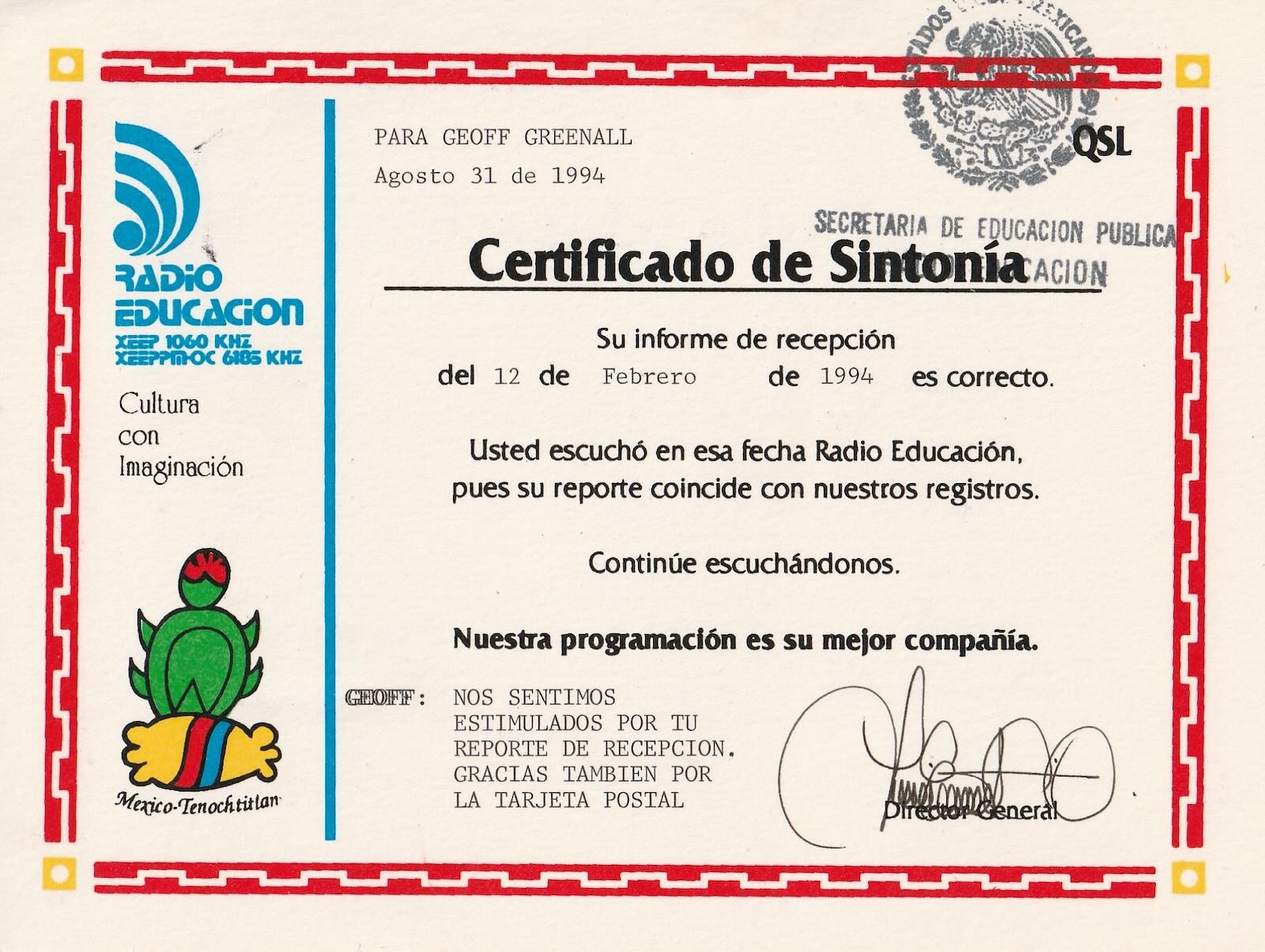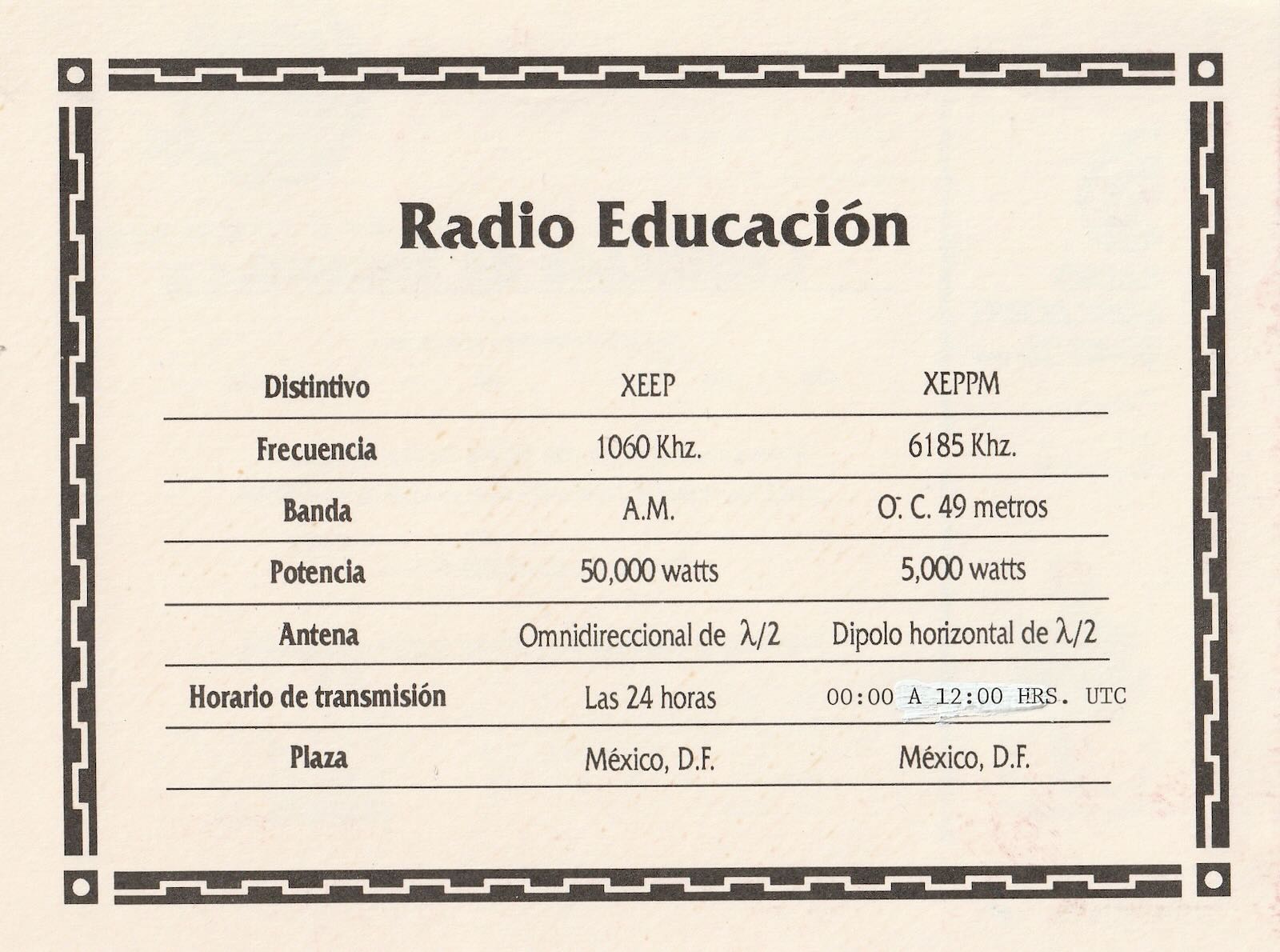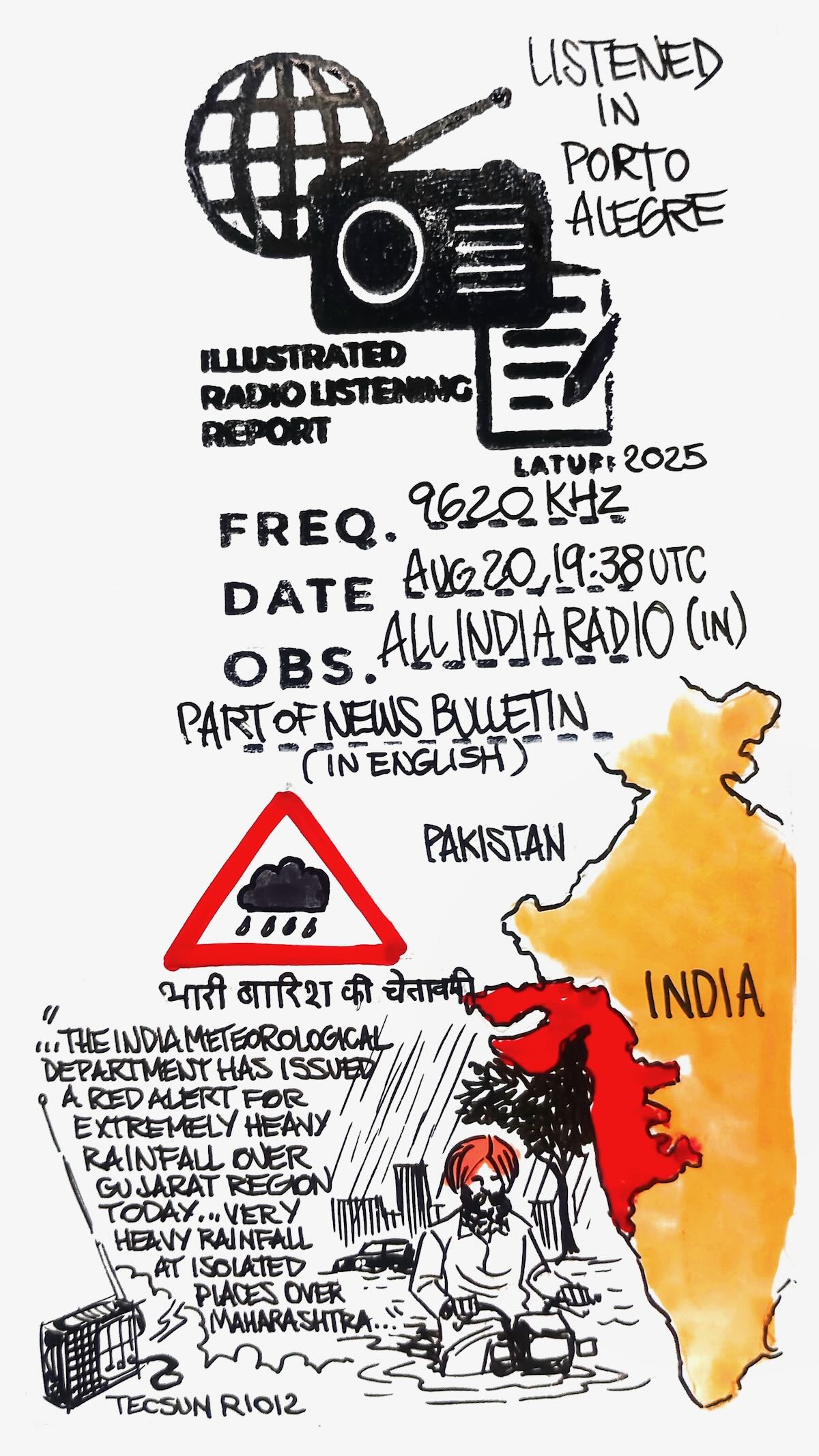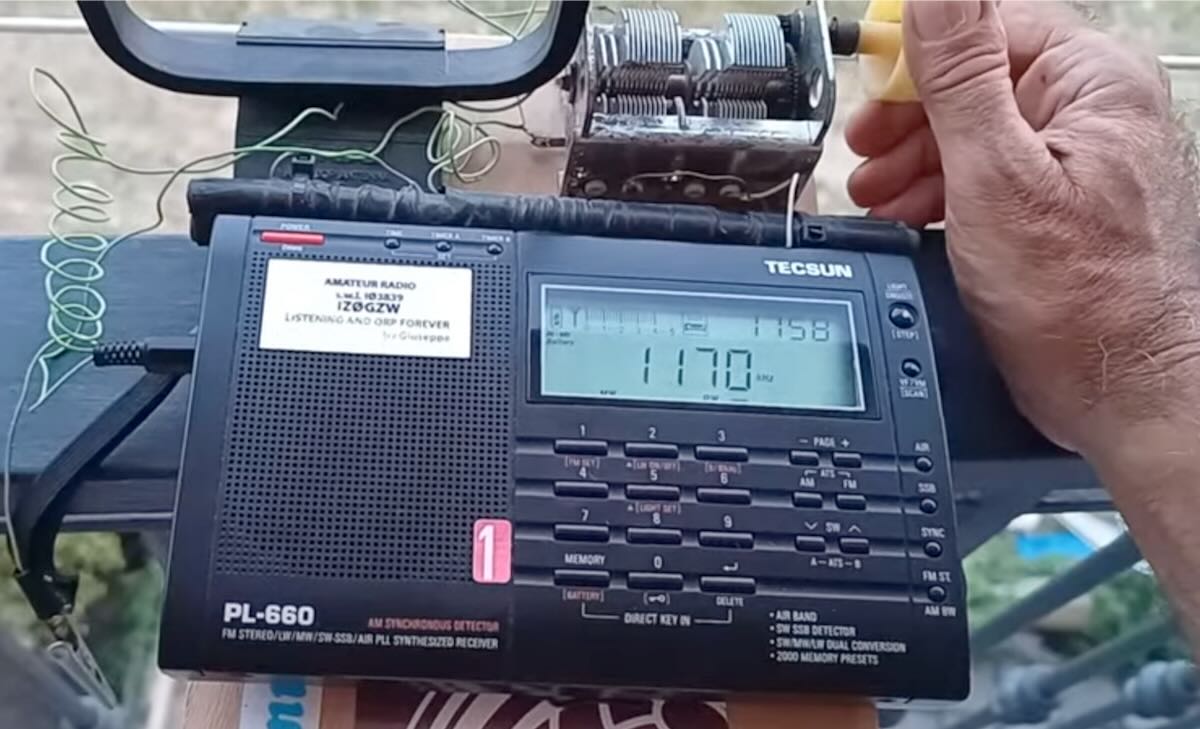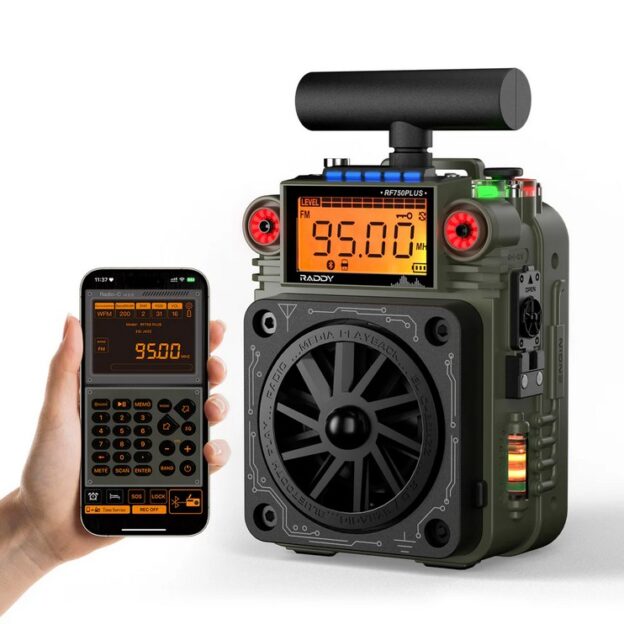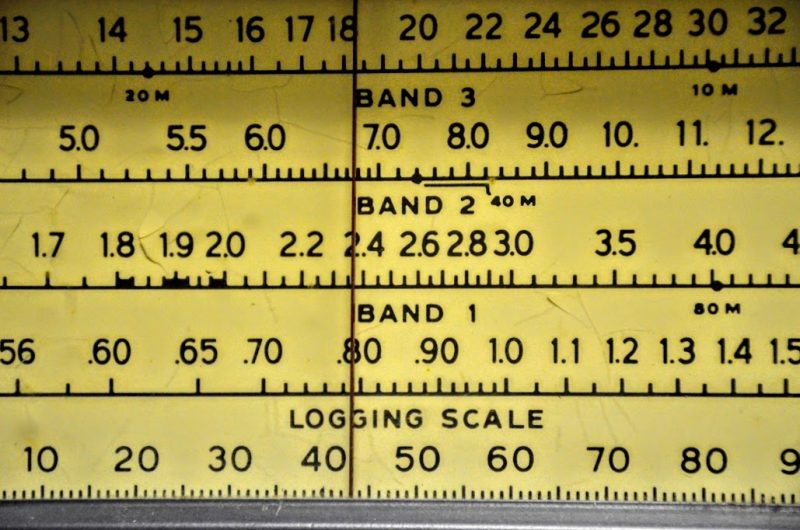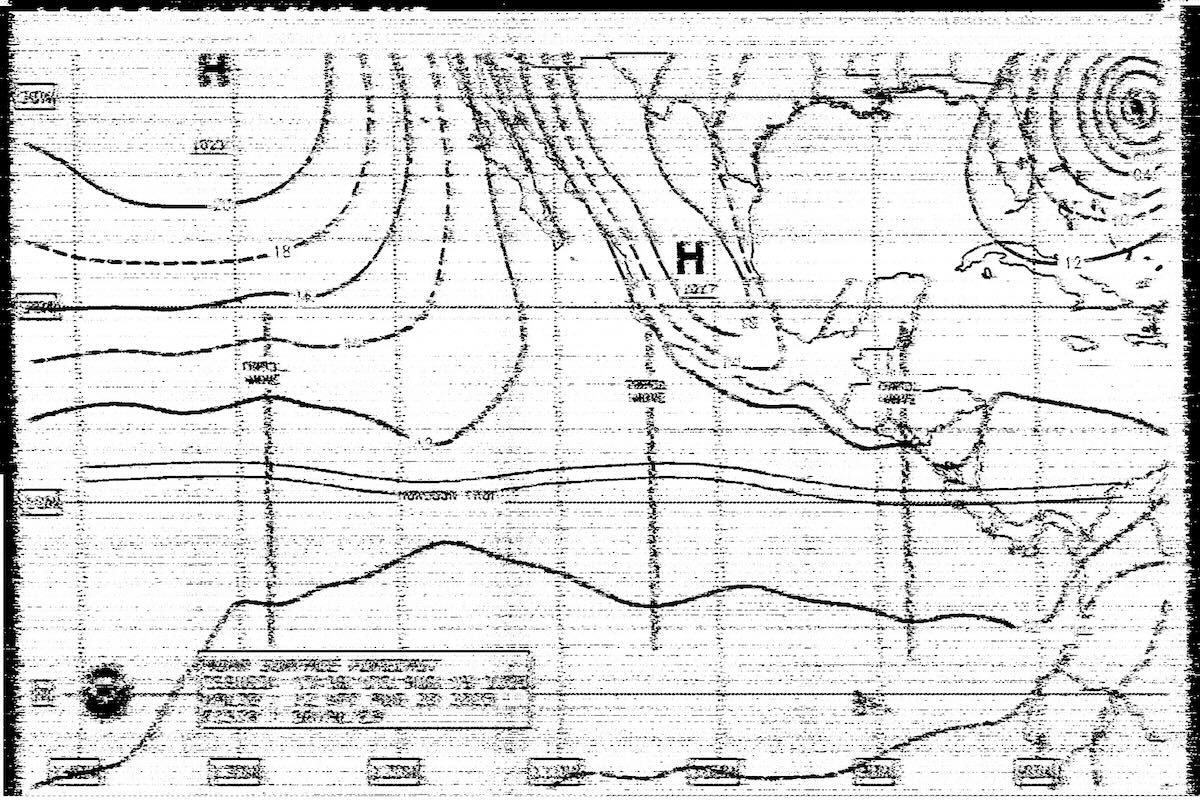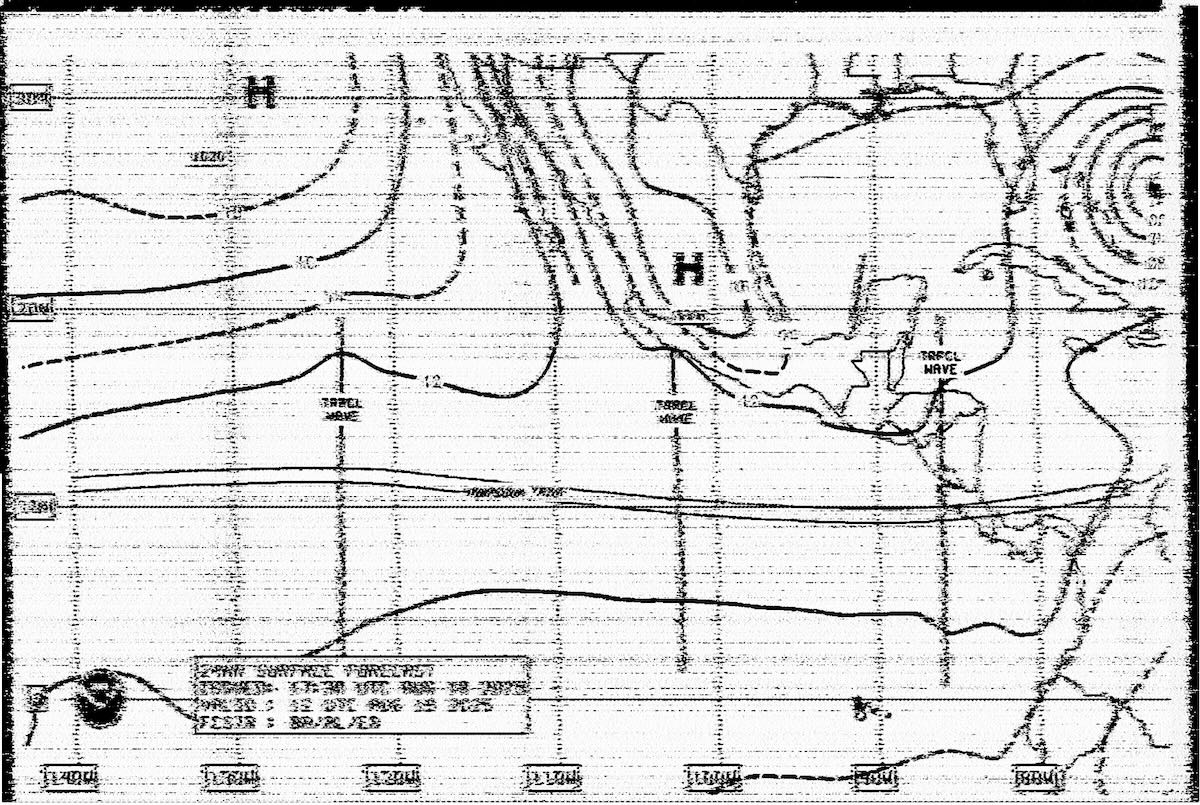Robert K4PKM
Raddy has come out with what I call a miniature wonder – a feature-rich radio that really does fit in the palm of your hand!
The Raddy RF750Plus is a very small radio. It measures roughly 2”x3”x1-1/2” without either antenna extended/attached. In fact, one of the reasons I agreed to review yet another shortwave radio from Raddy was because this was so small. Frankly, I was curious whether this radio would have real usability, or would it just be a cute little “toy” radio. Well, it definitely falls into the “real usability” category for those who want to take a small radio along with them wherever they go, even in their shirt pocket!

This is truly a hand-holdable radio!

Quite the size difference!
Okay, enough about the size, for now. This radio has most of the typical features we have come to expect from small portable radios these days. Rather than repeat what features it has myself, here is the main information from Raddy’s website:
RF750 PLUS Brings You:
Multi-band and 3-in-1 Receiver: BT speaker, SD card music player.
APP Control.
Enhanced AM Reception with an extra T-type antenna.
User-friendly features like USB-C charging & headset port, a replaceable lithium battery, and SOS alarm
Specifications
Reception Range:
FM: 64.0-108MHz
AM: 520-1710KHz
SW: 4.75-21.85MHz
WB: 162.40-162.55MHz(Only US)
Receiving sensitivity: FM/WB: ?18dB / AM: ?86dB / SW: ?30dB
Preset Stations: Total 297
Quiescent current: ?50uA
Max current: ?800mA
Speaker: 4? 3W
Bluetooth version: Ver 5.2
Min working voltage: 3.4V
External input voltage: DC5V
Lithium battery: 3.7V
TF card playback Format: MP3/WMA/WAV /APE/FLAC
TF card capacity: ?256GB
Battery: BL5C 3.7V 1000mAh
Earphone output: Type-C
Dimension: 2.2×3.0x1.7 inches / 75x56x44 mm
Weight: 7.9oz / 226g
What’s in the box?
1 x RF750 PLUS Shortwave Radio
1 x T-Type Antenna
1 x Type-C Charging Cable
1 x Type-C to 3.5mm Adapter
1 x Strap
1 x Carabiner
1 x User Manual
I have tested the app on an iPhone and it worked right out of the box, using the same app as other Raddy radios, and I have to admit, it’s the way to go if the radio is stationary. It is easy to tune through the app keyboard, as well as change various settings.
Several nice features deserve special mention with the radio. One is its heft. This is not a lightweight radio compared to its size. It will easily stand on its own without blowing over in reasonable conditions. As one might expect, the weakest point is the antenna – one must be aware of its limitations. It is telescopic, but not rotatable. In reaching for the radio, it stands quite a bit taller than the radio itself, so you should be careful to look at what you are grabbing!
A second nice feature is the included external AM antenna which does rotate, and which does a nice job of pulling in signals. You may already have similar, larger external antennas which will also work with the radio, but the one included performs well.
A third feature I find well-thought out are the covers for the various jacks, such as the external antenna cover, the USB-C cover, and the TF card cover. These open easily, but also snap into place to provide a good level of dust and moisture control.
Finally, the included cables for charging and for adapting a set of earphones/headphones are a welcome touch at this price point.
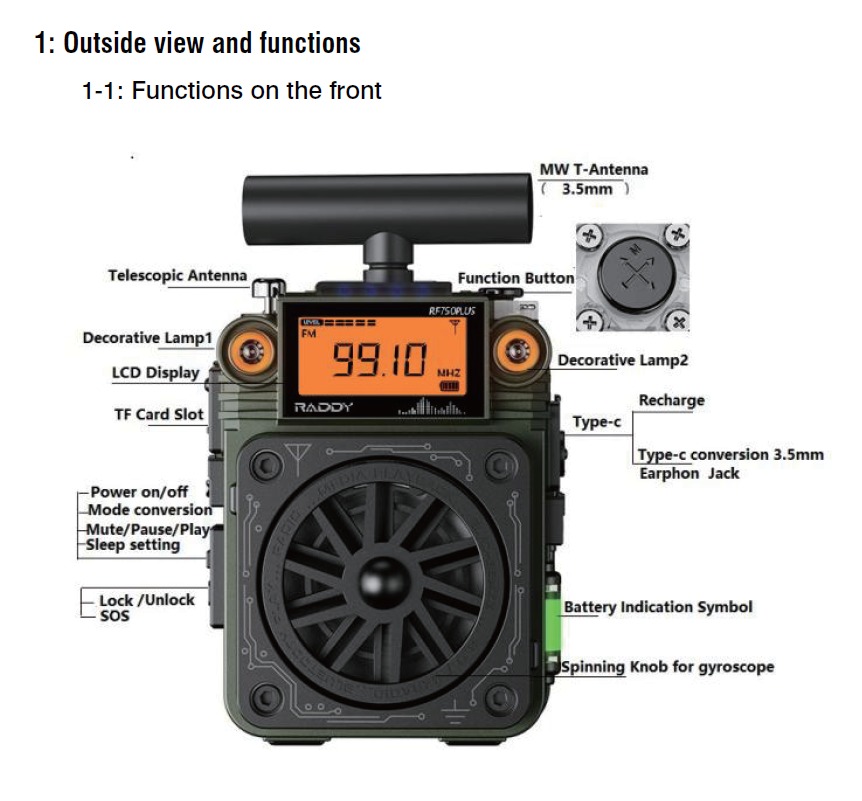
You will definitely want to read the manual to operate this radio!
Performance
Audio quality is good, with full sound despite the speaker being housed in a small unit. FM sounds excellent (though not in stereo through the earphone jack/adapter, but does come out of both sides), as does AM with strong signals. Naturally weaker AM signals are typical of any radio, but there is some adjustment possible with the equalizer settings available should you want to experiment.
Shortwave reception is adequate given the length of the antenna, but not a powerhouse, which is to be expected for a radio in this class. Stronger stations come in fine with good audio, but this is not a radio with which you will go DX hunting on the SW bands. Like many small portable radios, this is primarily an AM/FM/Weather radio, with shortwave thrown in as a bonus.
As for the NOAA weather stations, I receive only one of the stations at my home, while other portables may receive up to three. Of course, location is the primary factor here, so your mileage may vary. The one it receives is very strong, and a second station is very faint – but that might also be due to being inside when testing.
Pros and Cons
Pros –
- Small size (see also Cons)
- Solid case with good weight
- Good sound
- 2-speed scanning – hold the joystick to start tuning and then release, or hold it a bit longer and get much faster tuning, great for shortwave bands
- Excellent app for iPhone (and likely excellent for Android)
- Dust/Moisture covers
- Lots of lights 🙂
- Included cables and replaceable battery
- External antenna included
- Includes a bubble level – who knows when that might come in handy?!
- SOS feature
- Price (currently $34.99 on Raddy site during anniversary sale)
Cons –
- Small size (see also Pros) – large hands may have difficulty switching modes with the power button
- Power button requires quick double press to change modes – at first I thought it was not working until I moved more quickly.
- Multi-function joystick has a lot of tasks depending on mode – being small might make this more difficult to operate or achieve desired action. I did adjust pretty quickly to this.
- Antenna is flimsy, but if handled properly still should last without issue.
Conclusions
This is a nice little radio which takes up very little space, can be carried in a shirt pocket, and has a lot of features packed inside its solid frame. The price is very reasonable for what it offers, and the ability to use an app to control it is a great feature given its small footprint. Frankly, I cannot see how one could make a smaller radio with all this functionality, except perhaps in a James Bond movie! We do live in rather amazing times! Cheers!
Available at Raddy ($34.99 USD at time of writing; $41.99 regularly)
Available at Amazon

